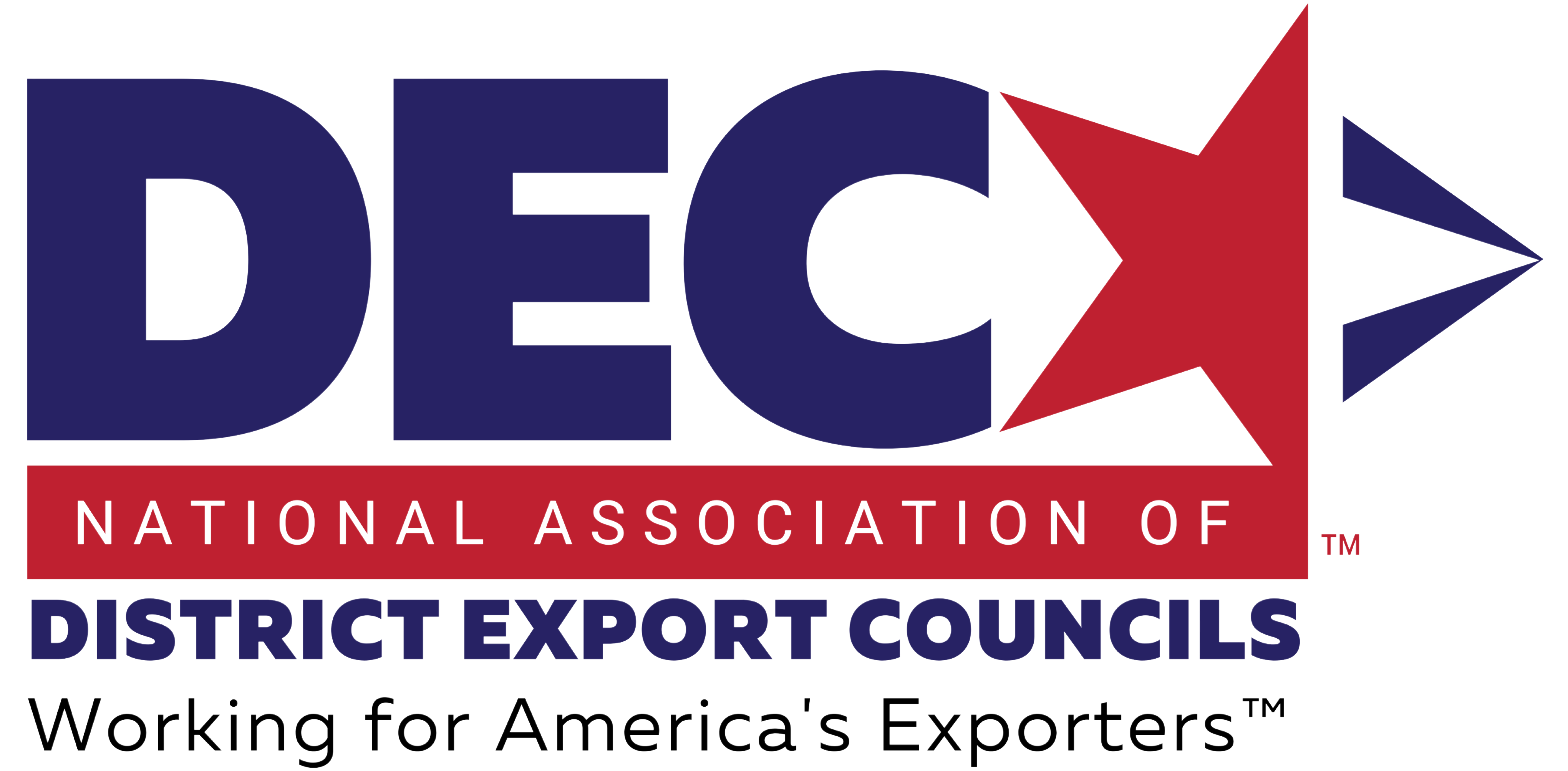On the trade front, we anticipate that the (relatively) new Administration in Washington will continue to keep most of the current new trade agreements in something of a holding pattern pending a number of other priorities, including regaining footing from the current Afghanistan situation. Nevertheless, we also project that the priority of decentralizing from China, to diminish unhealthy dependencies, regarding manufacturing and supply chains will continue to be a priority and a central point in the redefinition of the geopolitical alliances. We expect to see a more concerted approach with other western economies to address the disruptive practices currently applied by China.
We envision the enhancement of new export opportunities, particularly within SMEs and encourage both the NADEC as well as the local DECs around the country to pay special attention to the following markets:
- India is emerging as a more desirable destination for U.S. exporters, but U.S. firms suffer from a lack of basic education, connections, and experience in working with that market. The Indian market is presenting a unique opportunity not seen in years, resulting from recent challenges experienced with its neighbor China forcing India to realign its interests. Additionally, India holds a great potential market, the second largest population in the world just after China. There is a need throughout the export community for more in-depth educational programs and discussions to enable exporters to take advantage of the India market opportunities that would offer a special window of opportunity over the next 2 to 5 years.
- While Vietnam has emerged as the key Asian beneficiary of firms relocating parts of or entire supply chains of low value and low tech products out of China (the U.S. is currently Vietnam’s largest trading partner, creating a very significant trade deficit), and our DEC organizations have done some modest educational programs relating to the Vietnamese markets, this is a weak area in terms of export market education and more can be done here. Additionally, what has happened is that supply chain movement in Southeast Asia has been mainly focused on Vietnam, primarily because of a lack of understanding of options within the business community. There are other markets in that region that are desirable once they free themselves from the ravages of covid. This would include: The Philippines, Indonesia and Malaysia. The economies of those 3 countries were doing exceptionally well until the pandemic hit.
- Taiwan presents another interesting and strategic opportunity. While the current U.S. trade with Taiwan is already robust, we anticipate seeing further enhancements to U.S. export opportunities into Taiwan over the next couple of years. Taiwan holds a special place within Asia for several reasons, strategic because of its capabilities in the semiconductor and data processing components industries, but also strategic because of its location and implications of the role that Taiwan plays on the relationship between China and the West. Our DEC organizations would do well to remember that the current political leadership in Taiwan is very supportive of the U.S. and U.S. business. Also, the current U.S. Trade Representative, Ambassador Katherine Tai is 2nd generation Taiwanese. Despite a general lack of appetite in Washington for any new free trade agreements, there appears to be a large degree of congressional support for a deal with Taiwan. The Taiwan International Protection and Enhancement Initiative (TAIPEI) Act was passed by unanimous consent in 2020. It calls upon the USTR to further strengthen bilateral trade and economic relations with Taiwan. Our export education and preparation must keep this important market in focus.
- Finally, and perhaps most importantly, we must focus on the market opportunities near us here in the Americas. We encourage the NADEC as well as the DEC organizations throughout the country to augment their awareness and educational programs such that the “nearer” markets here in the Western Hemisphere are given much more educational and promotional emphasis. In particular, attention should be given to our important Canadian and Mexican vast opportunities in diverse markets that complement and augment the competitiveness of the US.
While the NADEC has taken the lead on the development of the NADEC’s own Southbound Trade Initiative and will continue to develop this concept, this is a trade project worthy of supplemental programs and educational discussions within the various DEC organizations around the country[1]. As we begin to move this important trade concept from the conceptual to the implementation phase, it is important that all local DECs be up to speed on this program, understand its extraordinary benefits and opportunities to the U.S. exporting community, and be in a position to help shape the implementation of the Southbound Trade Initiative in the 2022.
Article contributed by:
David Day, Chair, & Ernesto Pinal
NADEC Trade Policy Committee
[1] The NADEC has already presented this trade initiative initially to one large international conference outside of the NADEC organization and is now preparing to take this initiative before the USTR and up on the Hill to key members of the House and Senate.































































